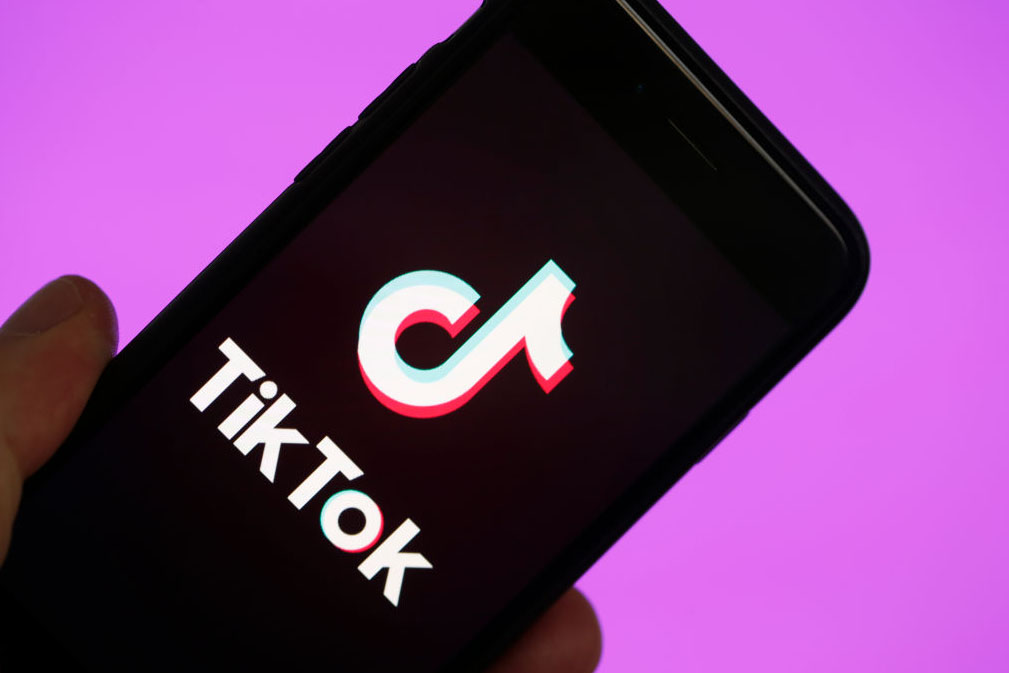
Tik Tok, the social video platform fast becoming the favourite of teens across the world, is genuinely good. The China-based app is interesting and funny and has an approach to social that could represent a shift in how we use the internet. Most importantly, Tik Tok is showing us what we already knew: that deep down, most of the tech industry spin is just that, and what we really, really, want is… good content. It doesn’t matter what form it takes.
Rocketing up Apple’s app charts after it was repackaging from its Musical.ly roots and pushed out in an aggressive ad campaign, Tik Tok has evolved from a lip-syncing app, to a short-form video app, to a community that is home to a multitude of subcultures and formats and genres.
Almost immediately, comparisons were made to Vine, the much-loved and now dead 6-second video app owned by Twitter. Both platforms allow users to upload short videos, but that’s really as far as the comparisons go.
Whereas Vine had a platform built on followers, tightly oriented around its six-second video structure, Tik Tok is built around a mysterious algorithmic feed that changes based on the things you engage with.
Videos can be as short as you like, but can also extend to a full sixty seconds. You can still “follow” creators, but it’s much more based around a “for you” tab that allows an endless scroll of videos The Machine thinks you’ll enjoy.
Users uploading videos will realise only they can see how many views or loops their videos generate. The actual, audience-facing metric of success is a cute red heart that sits on the right of every playing video. Tik Tok doesn’t base itself on who you like, it bases itself on what you like. And, if you’re anything like me, you’ll probably like a lot.
When Vine first catapulted onto the scene people made lucrative careers on figuring it out. Both inside and outside the platform, there were Vine stars who realised what worked and there were writers who excitedly rolled with this new form of entertainment. Was Vine the new TV? Was it going to eventually overtake or join with YouTube? How was it going to make money?
Perhaps the biggest point of discussion was Vine’s seemingly genius decision to limit the time of videos on its platform. Six seconds. That’s all. Co-Founder Dom Hofmann told everyone he could about how he and a crew of friends had tried various lengths – from ten seconds to just one – before waking up and trying six seconds and realising they’d hit a niche which was otherwise untouched. They had another revelation when they realised how much better looping the video made it all work.
Hofmann told the world about the importance of constraints, quoting Orson Welles: “The enemy of of art is the absence of limitation”. He argued that Vine’s built-in limitations were the core of its success. That success was short-lived. In the final months of its existence, Vine’s owners Twitter tried to match the challenge of Instagram Stories and Snapchat by adding video attachments that rolled for two minutes. It did not work out.
Twitter’s fabled character limit was also once credited as the key to its success. When it was changed from 140 to 280 characters, the internet carried on like it would never be the same. But it is. The “good” content is still good – it’s just longer.
Vine was revolutionary in that no one had done anything quite like it before, but its marketable limitations were only a cherry on top of something we already know we love.
In 2019, with YouTubers moving on from short vlogs to extensive, episode-length investigations and Instagram and Snapchat implementing Story features that encourage an almost limitless volume of video, it’s clear that we don’t actually care about the time it takes to absorb content. What we really want is content that is good. We want content that delivers on what it promises, not content that fits limited parameters. Good user-generated content is king.
TikTok is facing the same challenges as other platforms in actually making money, but is already attacking that with advertising and sponsored hashtags.
The former editorial lead at Vine, Ankur Thakkar, told The New York Times he thought Tik Tok had succeeded because it was getting people to engage where others had failed. The answer, it seems, is constantly showing them things – some of them good, some of them bad – until eventually it all becomes a highly engaging blur. The platform’s algorithm, like all algorithms, is also susceptible to creating bubbles.
It’s not the new Vine or the next Snapchat, it’s much better. Tik Tok shows us what we always knew about ourselves: we like things that make us feel something – anything – and we like to feel it again and again.
It’s basic and it’s simple and it sounds stupid because we already know how dopamine works. We think Facebook is great because we use it, but really people just like being social. We think Twitter is revolutionary because we’re on it, but really we just like gossip. We think Instagram has changed the face of photography, but really we just like good, visual content. Put simply: Tik Tok succeeds because good content is good, and it’s good at showing good content.
Instead of admitting this, we are regularly falling into the trap of the sale, buying into Big Tech’s narrative when the reason we like what we like is much simpler.
It’s a gimmick and a work; a new hat on Malibu Stacey. The tech giants are creating our modern world and we tell ourselves that the New Masters of the 21st century: Jack, Jobs, Zuck and the gang, are doing the right thing – because it’s the only thing being done. When the alternative to that is nothing, what else is there we can do?
Start by reminding yourself of the real reason you’re online: to enjoy yourself. I’m not going to tell you how to do that because you already know.



